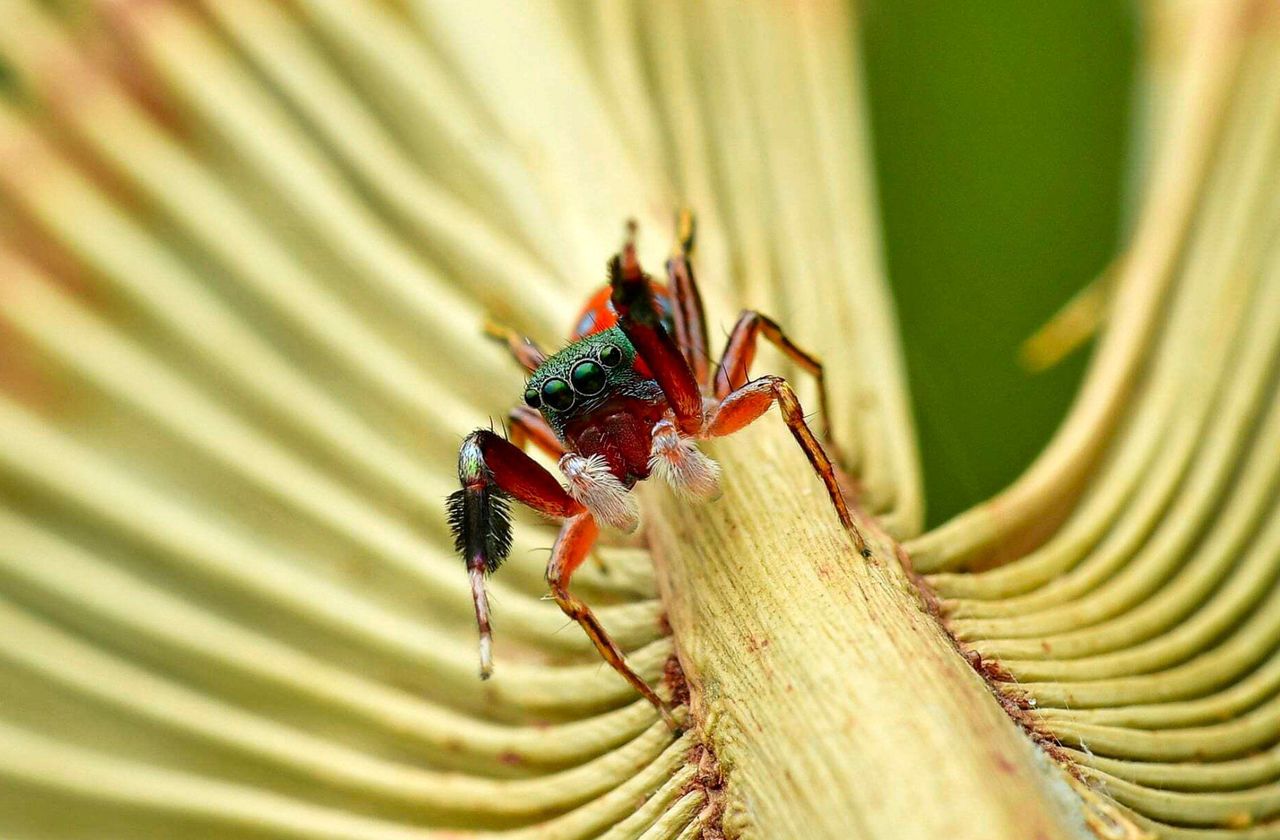Hong Kong News

Study finds Hong Kong is indeed crawling with spiders after cataloguing 100 species
Hong Kong is home to more than 100 species of spiders, according to a naturalist group that has compiled an online database dedicated to the creatures and which lays claim to several firsts about the local presence of a few types of arthropods.
Outdoor Wildlife Learning Hong Kong said on Saturday an 18-month research project carried out by more than 800 volunteers had allowed the group to catalogue 100 spider species but many more could be added after a scientific study of the data by taxonomists worldwide.
“Our biggest hope is to address people’s misconception and fear of spiders because they are sometimes portrayed in documentaries or films as antagonists,” said Ken So Ying-kin, an education and research manager with the conservation group.
“Through this scheme, we would also like to help enrich people’s understanding of Hong Kong’s biodiversity, not only about some popular creatures, such as birds and dragonflies, but also about animals as marginal as spiders.”
 A Bottle-brush Iridescent Jumper, a common spider in Hong Kong.
A Bottle-brush Iridescent Jumper, a common spider in Hong Kong.
Outdoor Wildlife Learning conducted the habitat survey between December 2020 and May this year, covering mountain trails throughout Hong Kong.
According to the group, the trained residents, including students from primary and secondary schools, collected 4,783 valid spider records, comprising 33 families and 135 genera, a main taxonomic category that ranks above species and below family.
“Although the participants had no prior knowledge of ecological studies, the quality of their work was comparable to academic research,” So said. “They explored different nooks and crannies, and the rich data has offered important references for Hong Kong’s ecological value.”
The database includes visual records of the species’ size, characteristics and distribution, as well as their web-building, mating and mimicking behaviours.
According to So, the database is an attempt to provide researchers with baseline information and fill gaps in local academic research. The previous leading literature about spiders in Hong Kong was published in 1998.
The survey discovered two spider families, the ghost and trachelid, neither of which had been scientifically logged as living in the city, and a new genus of fishing spider believed to have never been recorded locally, the group said.
Although the study did not identify any protected spider species, the group found the world’s first species that disguised itself as a caterpillar.
The group’s analysis also found that spider species were as diverse on the edges of the city’s country parks as they were inside them.
“Spiders are very important in terms of ecology,” said Timothy Yip Ho-yin, a spider specialist at Tunghai University’s department of life science in Taiwan. “Their presence reflects the diversity of the local ecology because of their high requirements on the number and variety of their prey and the environment in which they live.”
If spiders found a place too difficult to adapt to, they would migrate to another habitat, Yip explained, adding that scientists would usually rely on those arachnids as an environmental indicator.











